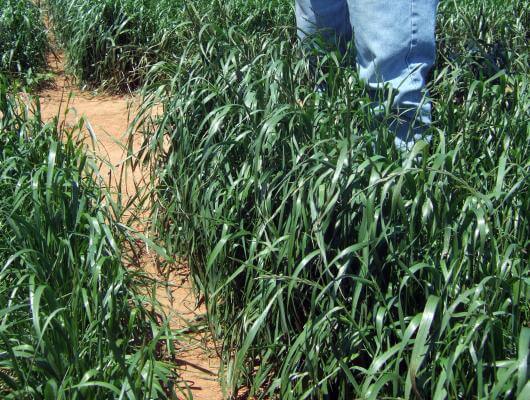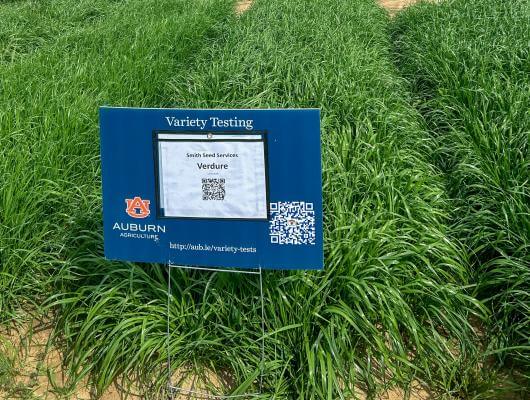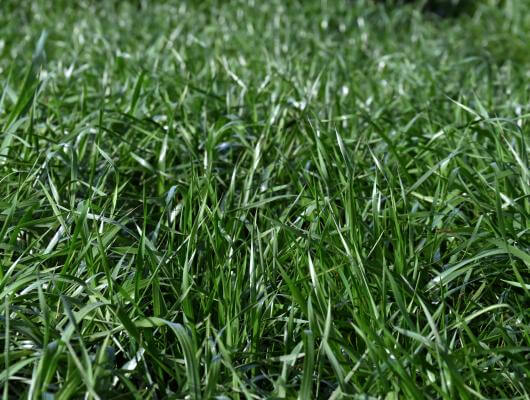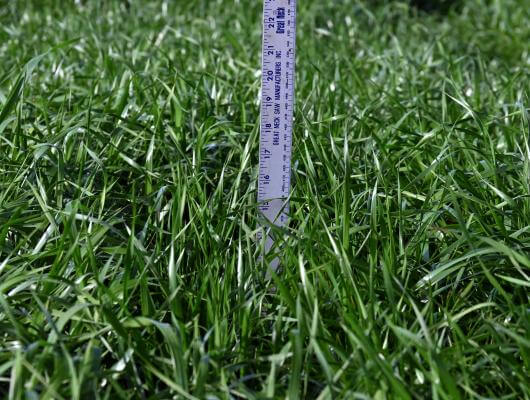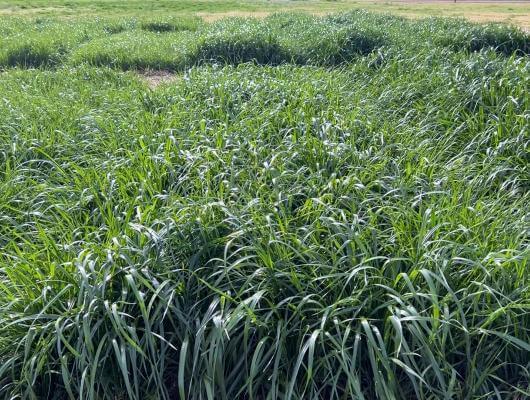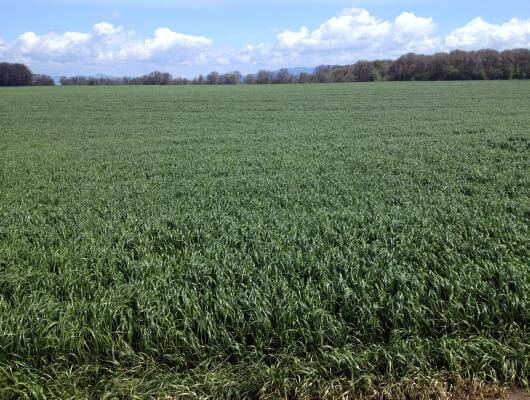Verdure Tetraploid Annual Ryegrass
Selected out of Blizzard annual ryegrass, Verdure has tremendous value for livestock grazing, haymaking and silage production. Great yields, vigorous growth and great disease resistance.
Early Production—There Is A Difference!
Some producers have been told that there is little difference between ryegrass varieties. A look at data from Northern Georgia and Northern Alabama shows how much difference there really is! If you choose the wrong ryegrass, you may not only lose out on overall yields, but you may not have the necessary grass to feed your stock in the first half of the season. Verdure provides consistent, predictable high yields, all season long!
Georgia
University of Georgia
Forage Yields (DM in lbs.)
Calhoun, GA
|2005
| Variety | January 12 | March 13 | April 29 | June 13 | Season Total |
|---|---|---|---|---|---|
| Verdure | 1,112 | 2,865 | 5,890 | 6,079 | 15,945 |
| Rio | 737 | 2,411 | 5,309 | 5,347 | 13,803 |
| Lowest yield | 149 | 1,828 | 3,572 | 4,448 | 10,673 |
| LSD | 350 | 778 | 981 | 1,295 | 1,617 |
Alabama
Auburn University
Forage Yields (DM in lbs)
Crossvile, AL
|2004-2005
| Variety | Autumn | Winter | Early Spring | Late Spring | Season Total |
|---|---|---|---|---|---|
| Verdure | 1,136 | 1,379 | 4,436 | 5,176 | 12,127 |
| Rio | 1,540 | 1,806 | 4,334 | 4,444 | 12,124 |
| Lowest yield | 168 | 492 | 3,282 | 3,464 | 10,210 |
Healthy Plants
One of Verdure’s key characteristics is its improved disease resistance. The University of Florida regularly evaluates ryegrasses for resistance to leaf spot, crown rust, and gray leaf spot. Each rating in 2005 showed Verdure to be significantly more resistant than most all varieties!
University of Florida
Disease Rating
Gainesville, FL
|2005
| Variety | February 4 | February 21 | March 24 | April 11 | Average |
|---|---|---|---|---|---|
| Verdure | 1.50 | 3.00 | 3.50 | 4.00 | 3.00 |
| Rio | 2.25 | 4.00 | 5.50 | 5.25 | 4.25 |
| Lowest Rating | 4.75 | 6.50 | 7.00 | 8.50 | 6.50 |
Planting Instructions
Harvesting Recommendations
While University data represented on this sheet shows specific cutting times, individual producer cutting dates and yields will directly relate to a producer's specific location, field fertility, management practices and weather. Therefore, this data should be used to compare the relative performance of Verdure to other varieties, rather than predicted yields. Contact your local extension service for specific harvesting recommendation.
Seeding Recommendations
Hay, haylage or silage
Seed at 30-35 lbs/ac. If planted in Aug-Sept, Verdure can be used for late fall and early winter grazing. If mechanically harvesting, regrowth should support additional grazing with proper fertility.
Companion crop to wheat, triticale, rye for hay, haylage, silage
Seed at 8-10 lbs/ac. Verdure should increase the harvest window for the companion crop.
Cover crop for tobacco, corn, summer annuals
Seed at 30-35 lbs/ac. If planted in Aug-Sept, Verdure can provide excellent late fall and early winter grazing.
Seeding Rate
Planting Dates
Planting Map
Planting Depth
1/8-1/2"
Optimal pH
1/8-1/2"
Germination
5-10 days
Fertilizer
As soils differ significantly from one property to another, producers should always fertilize based on soil tests and local recommendations.
